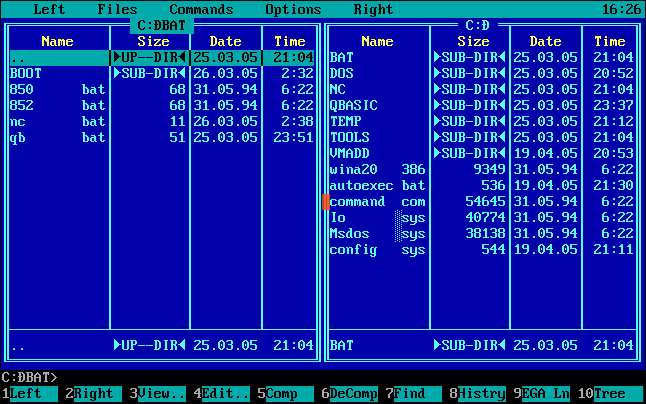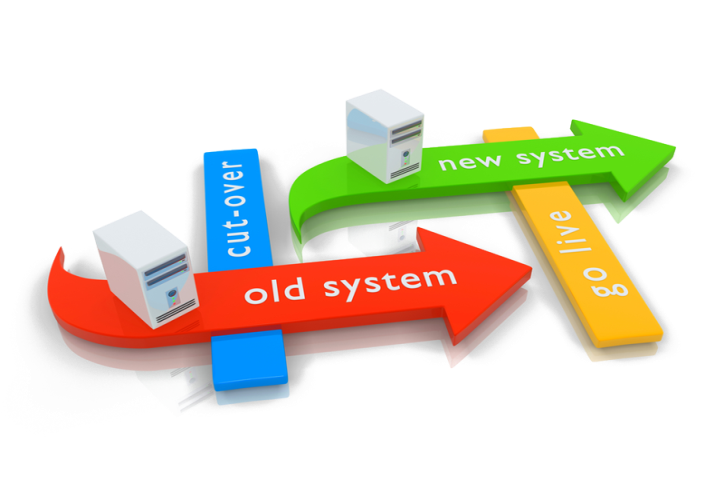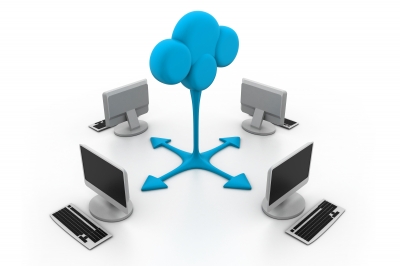 |
Data Taming for Small Businesses |
|
Is your business dependent on a software application that's getting long in the tooth? Are you looking around for a new shiny application for a replacement? Are you interested in moving your application to the cloud? Do you have an application that's still serving your business and you don't want to replace it yet, but feel you need to? Here are my recommendations and how I approach addressing these needs. Before you decide to purchase a new system consider making improvements to your current system. It might be that your current system only needs some tweaks. This could spare you the expense and risk of replacing the whole thing. Replacing one software package with another is not a trivial matter. It can turn into a traumatic and risky episode for your business if not done properly. Suppose your current system doesn't give you the reports you need and they have to be constructed manually. A solution could be to acquire a reporting tool that can tap into the data source that underlies the system. If such a tool isn't already on the market it might be possible to hire a consultant who can create such a tool at a reasonable cost. Maybe you've grown and acquired a larger workload over time that has created a bottleneck for data entry. This is where automation could be added. There are various tools on the market for turning keyboard actions and mouse clicks into macros. Turning certain data entry tasks into macros can greatly reduce the number of keyboard actions and mouse clicks. Some types of applications already have macro capabilities built into them. This is true of Excel and Word. If you don't have anyone in your business who can create good macros in Excel and Word you can always hire a consultant with this expertise. Keeping Your Current Program Running 
You might have a business application you've been using for a few years that's still doing the job for you. You might not be inclined to move to anything else now. However, suppose you've just bought a new computer for your office and discovered that your trusty application won't run on it. Before you panic and think you have to find a new application immediately that will run on new computers with the latest version of Windows there are options to consider. First, the solution might be a simple matter of setting the compatibility mode for the application. Windows systems allow this for many applications. If setting a compatibility mode doesn't work you can probably run the application in a virtual machine. This is an advanced subject and will require someone with the expertise to help you set it up. A virtual machine is software that emulates a computer. For example, a Windows XP virtual machine can be set up to run on a Windows 10 computer. That way you have both a Windows XP and Windows 10 computer inside a single physical computer. You can run older programs that will run in Windows XP, but not in Windows 10, while also using Windows 10 for newer programs. Another option is to "wrap" the application in a special piece of software that interacts between the application and the underlying computer system. Such a "wrapper" doesn't use up so much memory and CPU power as a virtual machine. It's just big enough to give the application only the support it requires so it won't fail on a new computer system. Replacing a Custom Built Program with a Commercial Product 
If you've been using a program that was custom built and want to replace it with a commercial product you'll want to do some good research. This is a good opportunity to review your current processes. You'll be able to come up with ideas for improving them. Use what you've documented from your review to help you select new software. Avoid the temptation to look at new software choices first, expecting to change your processes to accommodate the new software. Do some budget estimating. Estimate how much you can afford to spend for these items:
Replacing an Old Commercial Program with a New One The same guidelines would apply here as the ones for replacing a custom built program. Moving a Custom Built Program to the Cloud 
If you have a reliable custom built application running on desktops and need to make it available in the cloud there are a couple of options. You could move your entire infrastructure to the cloud. You would have to sign up for an Infrastructure as a Service (IaaS) from a provider such as Amazon or Microsoft. You could also run it from a Microsoft Terminal Server. The server could be housed on your premises or you could use a cloud hosting service for it. Another option is to redevelop it into a web application. Sometimes this can make sense. It can easily be the most costly solution and take the longest to accomplish, but in the long run it could prove beneficial. This requires hiring a programmer. The programmer should use rapid development tools to keep cost and delivery time to a minimum. |